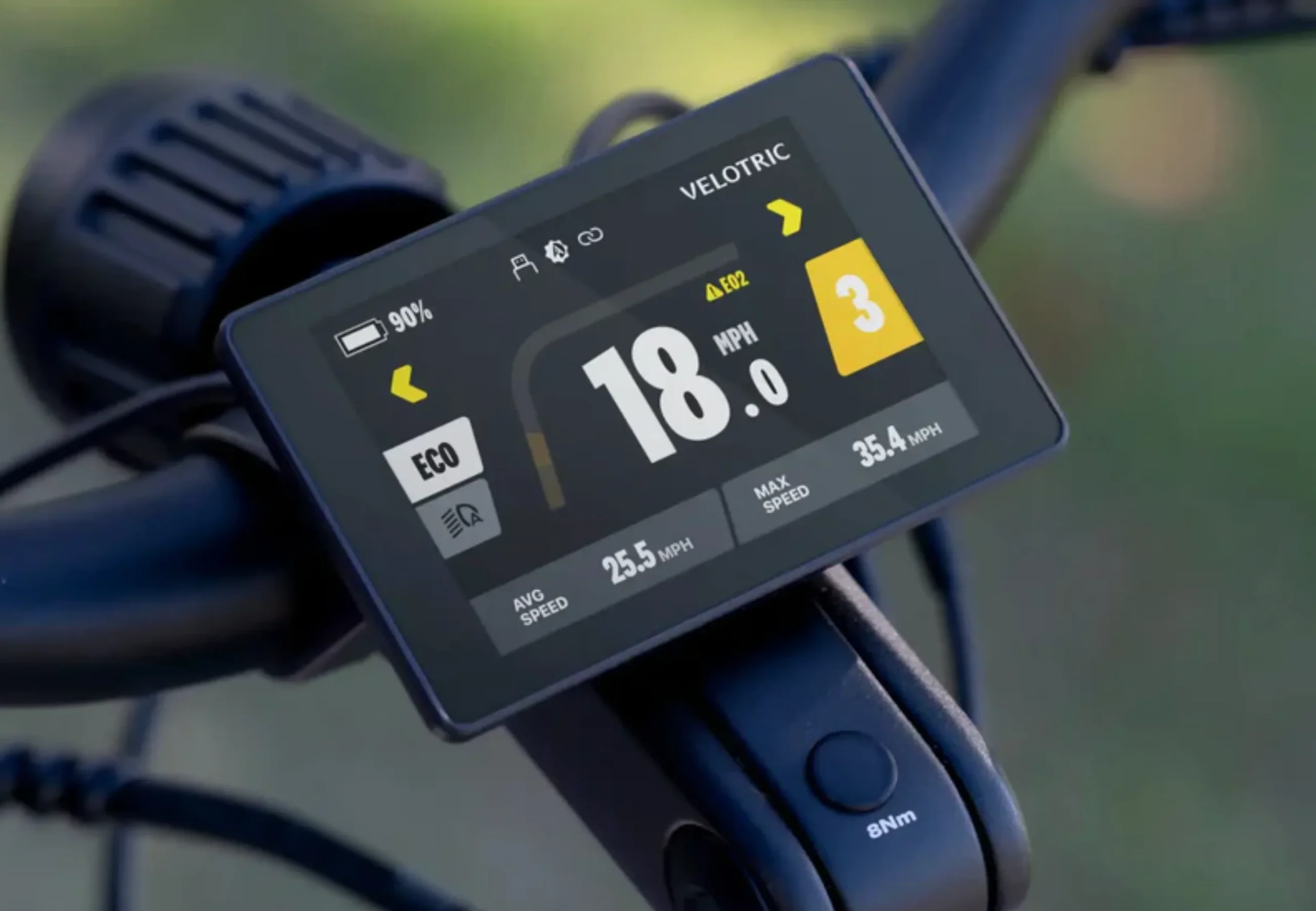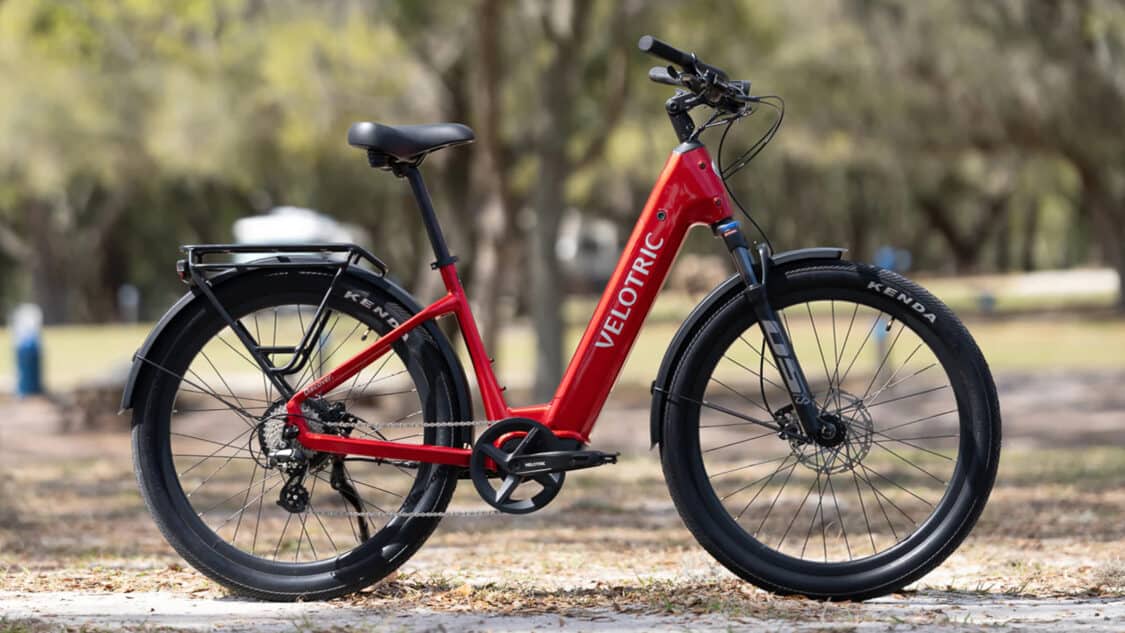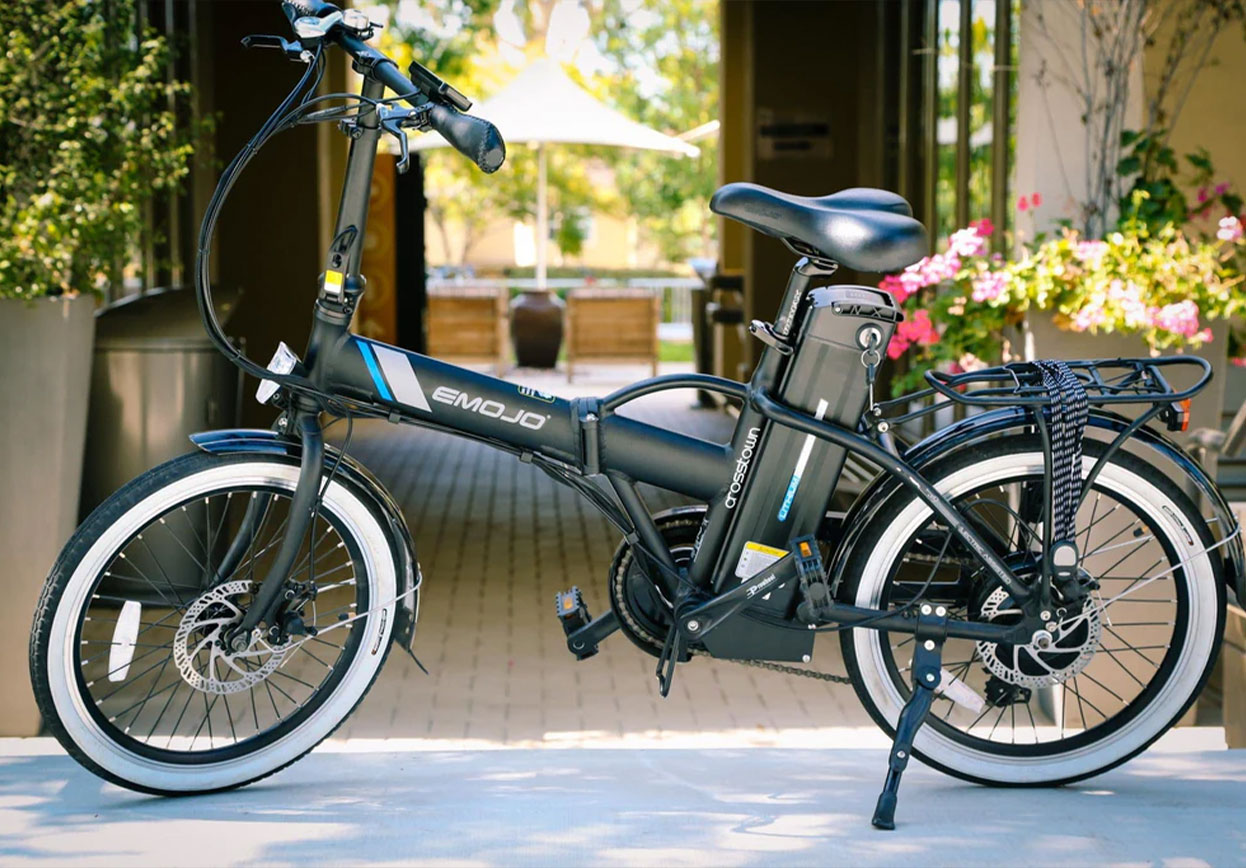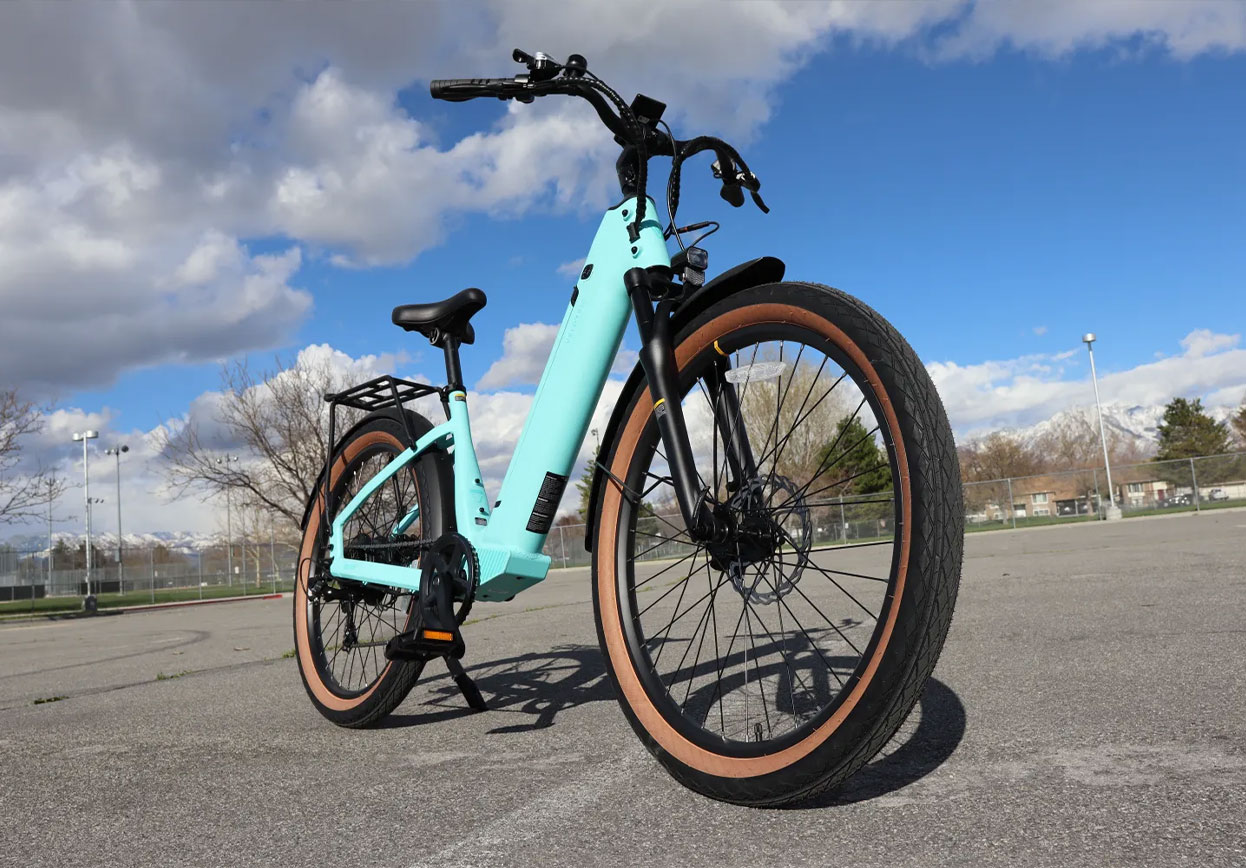Classes of Electric bike are regulatory designations that help riders determine where and how they can use their e-bikes. Different classes typically have different restrictions when it comes to using bike lanes, bike-only paths, certain mountain bike trails, other off-road terrains, and more.
So let’s learn about how your electric motor, pedal assistance, throttle, and maximum speed all contribute to your e-bike’s class, and how to customize and change classes to best suit the way you ride.
In the articles below, we’ll explore the history of e-bikes and define the e-bike classification system: what are each e-bike’s class, and how do they differ? Once you understand this, we will be able to help you choose the right e-bike class for your riding style.
Federal Electric Bike Classification And Regulations
In 2002, Congress enacted HB 727 to amend the federal definition of electric bikes. It classified low-speed electric bicycles as:
“A two- or three-wheeled vehicle with fully operable pedals and an electric motor of less than 750 watts (1 hp), whose maximum speed on a paved level surface, when powered solely by such a motor while ridden by an operator who weighs 170 pounds, is less than 20 mph.”
A few things to note here:
1. “When powered solely by such a motor” is a key piece of the puzzle.
This means the use of a throttle-only approach (where the motor power is the only energy- the rider doesn’t pedal) is capped at 20 mph. Any e-bikes with a top speed of 28 mph achieve that with a pedal-assistance system! Those are Class 3 e-bikes, which we’ll get into later.
2. Ridden by an operator who weighs 170 pounds?
This just means that the e-bike may go slower or faster than that if the rider is heavier or lighter than 170 pounds. No, e-bike users do not have to be exactly 170 pounds!
Beyond the federal level, 44 states plus the District of Columbia have their own e-bike regulations, including many county and city laws enforced by local authorities. Most of these incorporate the class system when determining which e-bikes (if any) are allowed on certain types of roads and trails.
What Are E-Bike Classes?
The three main classes of electric bikes mostly have to do with your e-bike electrical system — how your motor, pedal assist system (PAS), and throttle (if your e-bike has one) work together to power your e-bike.
Any e-bike model can become any class with modifications — in fact, all custom-ordered Emojo e-bikes can be configured to any class you like! It’s all about the features you choose.
Keep in mind that different classes come with different regulations.
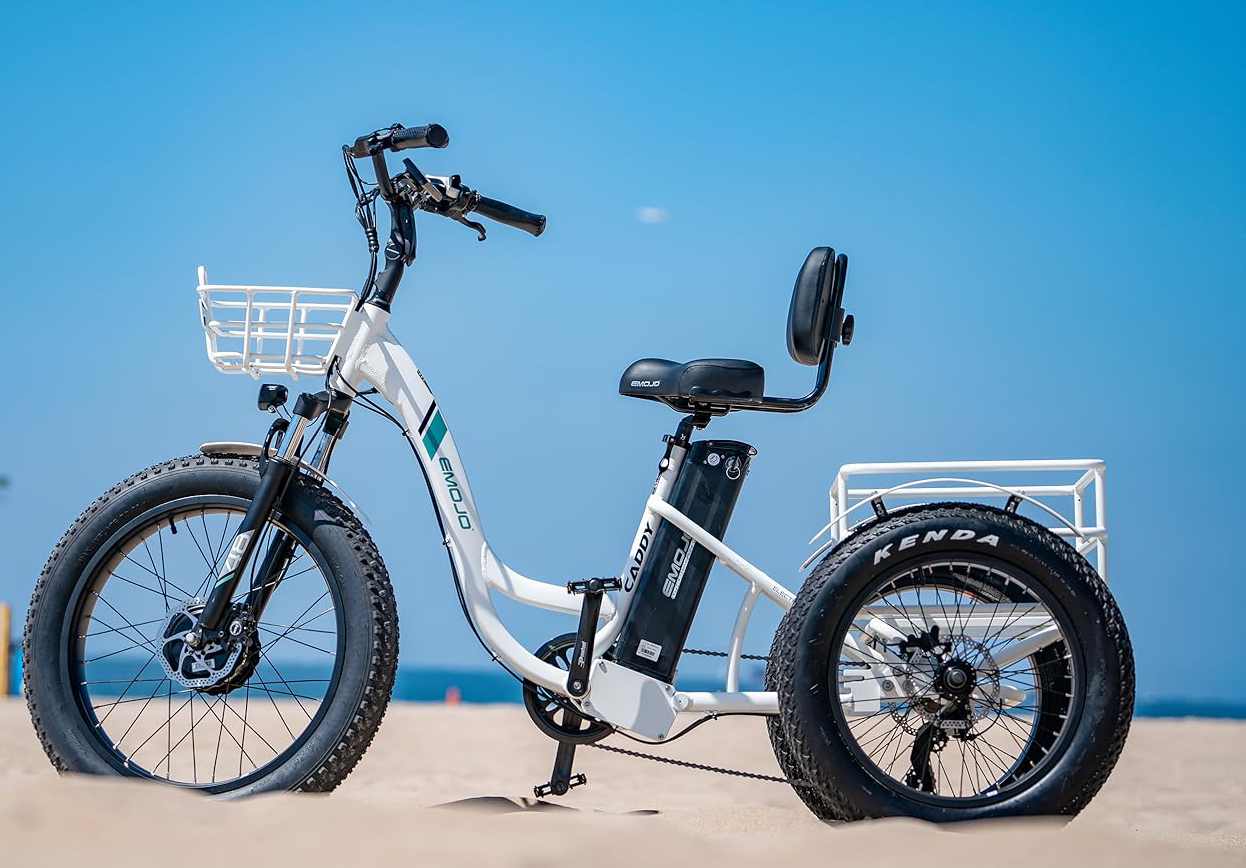 Learn your local e-bike regulations to ensure you’re riding safely. Pictured: EMOJO Bull 8.5″ Low Step Through Electric Tricycle
Learn your local e-bike regulations to ensure you’re riding safely. Pictured: EMOJO Bull 8.5″ Low Step Through Electric Tricycle
Class 1 Electric Bikes
Class 1 e-bikes have a maximum assisted speed of 20 miles per hour. You can go faster than 20 mph, but the bike won’t provide any motor assistance beyond that speed.
These bikes use pedal assistance only. They can’t have a throttle.
- Pedal Assistance: Yes
- Throttle: No
- Max Assisted Speed: 20 mph
- Speedometer Required: No
Class 2 Electric Bikes
Class 2 e-bikes have a maximum assisted speed of 20 miles per hour, just like Class 1. However, Class 2 electric bikes have a throttle and may also have a pedal assist system.
An e-bike with a throttle but no pedal assist system is typically considered a motorized vehicle. This usually means that a Class 2 e-bike is not permitted on bike trails or multi-use paths.
- Pedal Assistance: Optional (may be throttle-only)
- Throttle: Yes
- Max Assisted Speed: 20 mph
- Speedometer Required: No
Class 3 Electric Bikes
Riders looking for high-speed electric bikes will love this class. These e-bikes can provide assisted speed of up to 28 miles per hour!
Class 3 e-bikes usually do not have throttles, and that’s reflected in most state definitions of a Class 3 e-bike.
While this higher speed restricts riders from using them on most bike paths, it can be an advantage for commuters following traffic flow in the streets.
Given their high speeds, Class 3 e-bikes are required to have a speedometer.
- Pedal Assistance: Yes
- Throttle: Optional (may be pedal-assist only)
- Max Assisted Speed: 28 mph
- Speedometer Required: Yes
Class 4 Electric Bikes
Class 4 e-bikes are a relatively new addition. These e-bikes aren’t actually even considered e-bikes. They’re motor vehicles, like a moped. Class 4 e-bikes have nominal motor output above 750W and aren’t limited to any max speed. They may have any combination of throttle and pedal assist sytem.
- Pedal Assistance: Optional (may be throttle-only)
- Throttle: Optional (may be pedal-assist only)
- Max Assisted Speed: No limit
- Speedometer Required: Yes
What Are The Key Differences Between Each Class?
Here’s a summary of the main differences.
| | Class 1 | Class 2 | Class 3 | Class 4 |
Throttle | N | Y | Optional | Optional (may be PAS-only) |
Pedal Assist System (PAS) | Y | Optional | Y | Optional (may be throttle-only) |
Max Motor Nominal Output | 750W | 750W | 750W | No limit |
Max Assisted Speed | 20 mph | 28 mph | 28 mph | Over 28 mph |
Typical Regulation Level (varies by location) | Low or None | Medium | High | Highest |
How Do I Know Which Class My E-Bike Is In?
Not all e-bikes can move between classes. Many manufactured e-bikes come with a label designating their default class, and some states require e-bikes to be manufactured or sold with a label designating their class.
If your e-bike doesn’t have a sticker or label designating its class, check for 2 things:
- Does your e-bike have a throttle? If so, it’s most likely Class 2, but it may be 3 or even 4. So, next…
- Check the settings on your e-bike’s display. What maximum speed does your e-bike allow?
- If 20 mph, it’s Class 1 without a throttle or Class 2 with a throttle.
- If 28 mph, it’s Class 2 with a throttle or Class 3 if there isn’t a throttle.
- If higher than 28 mph, it’s Class 4 or not classified as an e-bike.
Which Is The Best Electric Bike Class For Me?
Who you are and the way you like to ride may give you some clues as to which of the three classes is your perfect match.
Young Riders
Depending on your location, riders under 16 are often prohibited from operating Class 3 e-bikes. In some cases, young riders are prohibited from operating e-bikes at all!
So if you’re a teenager or parent of a teen, be sure to carefully review all your local legislation and restrictions when buying your e-bike.
Casual Ride
If you mostly ride for fun on flat, paved roads or bike trails, a Class 1 e-bike is perfect for you. As long as having pedal assist above 20 mph or using a throttle isn’t at the top of your wish list, you’ll love the freedom of riding your Class 1 e-bike in most of the same places that a regular bike is typically allowed, including multi-use trails.
City Commute And Bike Lanes
When it comes to riding in the road with the flow of traffic, you usually won’t face restrictions on an e-bike — just avoid high-speed roads where e-bikes can’t keep up!
However, some cities, counties, and states only allow regular bikes and traditional cyclists to use bike lanes and multi-use paths. Class 1 e-bikes are most commonly allowed, and so are Class 2 in many places; just be careful with Class 3 if that’s where you plan to ride.
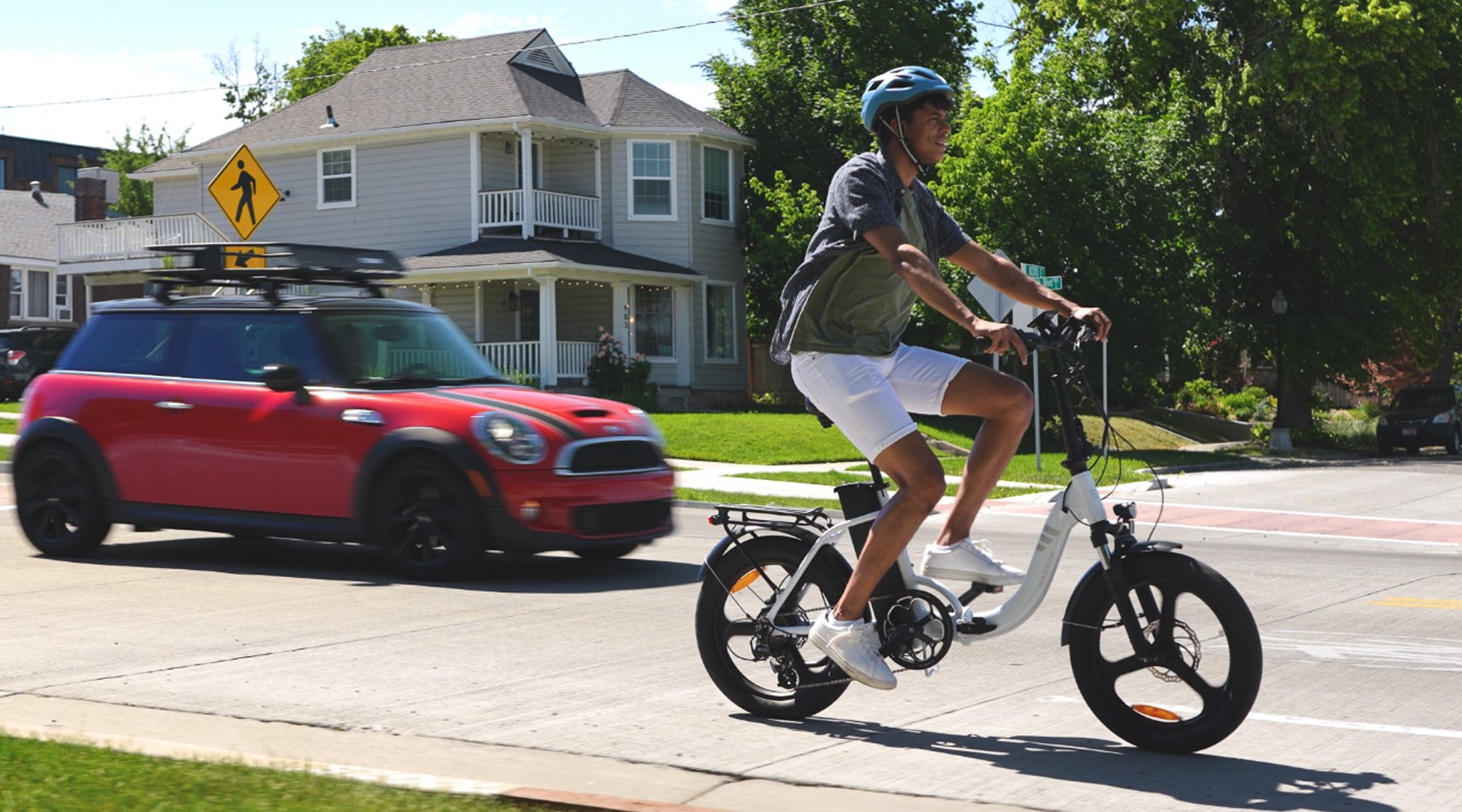 E-bikes are typically permitted in street bike lanes — but always check your local e-bike regulations to be sure.
E-bikes are typically permitted in street bike lanes — but always check your local e-bike regulations to be sure.
Distance Biking
You may benefit from higher assisted speeds or a throttle if you crave long-distance rides. These features can provide relief during your travels without compromising your progress. Consider a Class 2 or Class 3 e-bike for amazing long-distance rides.
Trails And Off-Road Bike Paths
Class 3 e-bikes face heavy restrictions in state parks across the country. Class 2 e-bikes aren’t far behind due to their throttles. And when it comes to national parks, e-bikes of any class are considered motorized vehicles — which means they aren’t allowed on pathways meant for mountain bikes and other regular bikes.
Your best bet for a trail-ready e-bike is a Class 1. We hope to see restrictions easing up in the coming years.
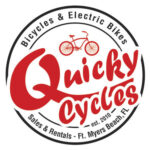

 Learn your local e-bike regulations to ensure you’re riding safely. Pictured: EMOJO Bull 8.5″ Low Step Through Electric Tricycle
Learn your local e-bike regulations to ensure you’re riding safely. Pictured: EMOJO Bull 8.5″ Low Step Through Electric Tricycle E-bikes are typically permitted in street bike lanes — but always check your local e-bike regulations to be sure.
E-bikes are typically permitted in street bike lanes — but always check your local e-bike regulations to be sure. 